Rise of Robotics in Agriculture
टेबल ऑफ कंटेंट
Agricultural robotics is changing our farming, harvesting, and crop management methods. The planet is getting increasingly crowded at a figure close to 10 billion by 2025. This drives a high food demand. Based on handwork and machines, conventional farming techniques are not enough to satisfy the rising needs. Now let us introduce robotics—the technological development likely to address some of the main issues affecting the agriculture sector. From robotic harvesters to autonomous tractors, the use of robotics in agriculture is not only a trend but also a must for sustainable food output.
Why Robotics?
1. Labour Shortages
The biggest challenge that agricultural sectors are facing today is a labour shortage. Farming has always been a labour-intensive occupation requiring many manpower forces to plant, weed, harvest, and undertake other activities. For years now, in most of the developed countries and areas, very few young people are going into agricultural activities. This has caused a shortage of manpower on their parents' farms.
This issue has been resolved by the introduction of robotics in Agriculture. These machines do the work that may require human power, like sowing seeds, harvesting fruits, and even pruning trees. These machines can function continuously so that their crops are attended to in due time. This reduces the use of human power so that the effects of labour shortages in the future are diminished.
2. Boosting Efficiency
Another significant reason for the application of robotics in agriculture is efficiency. Farming activities are sometimes repetitive, time-consuming, and liable to errors from human nature. Using robots instead ensures that these tasks are carried out exactly and consistently, which eventually leads to higher yields and better production.
For instance, robot weeders can differentiate crops from weeds with a high degree of accuracy. Hence, the unwanted plants may be removed without damaging the crops. Similarly, robotic harvesters can pick fruits and vegetables at the peak period so that they will be ripe when harvested. It is good that not only does the quality of produce increase, but the wastage also gets minimised because crop destruction due to mishandling is reduced.
3. Sustainability
It is one of the newest concerns in agriculture because the usual ways of agriculture cause much harm to the environment. Water utilisation, fertilisers, and pesticides are highly consumed. Sustainable farming methods can be achieved through robotics.
With the advent of robotics, precision agriculture would ensure farmers make better use of resources such as water, fertilisers, and pesticides. For instance, drones with sensors can monitor crop conditions and soil status in real time and thus forward data to farmers for optimising the input. This targeted approach decreases the overall inputs used and reduces environmental degradation associated with farming.
Robots can also make agriculture less carbon-intensive by replacing fossil fuel-based machinery with electric or solar-based machinery. For instance, an autonomous electric tractor can perform equivalent tasks to the traditional tractors but with a carbon footprint multiple times smaller.
Types of Agriculture Robotics Revolutionising the Industry

This industry of agricultural robotics also shows diversity in the variety of tasks they carry out. Below are a few of the most prominent robots revolutionising the world of agriculture.
1. Self-driving tractors
The most common agricultural robot types include self-driven tractors. Although they can plough, plant, and harvest without human interference, these tractors are the primary agricultural robots. Although highly advanced, the sensing devices in these tractors enable them to easily maneuver within a field, thus planting and harvesting crops economically.
2. Robotic Harvesters
A design mimicking human hands to replicate robotic harvesters is also intended to help harvest fruits and vegetables. The algorithms for supercomputer vision and learning allow doing this without damage since they identify which of the fruits and vegetables will be ripe in harvesting. They are very handy in crops, such as those that exert labour when picking strawberries, tomatoes, and apples.
3. Drones
The increased use of agriculture drones and survey drones is gaining momentum due to their ability to survey crops above ground. Using cameras and sensors, drones provide detailed images of the fields so that farmers know which areas to water, the health of crops, and possible pest infestation, which gives way to intelligent decision-making processes related to irrigation, fertilisation, and pest control.
4. Robotic Weeders
Robotic weeders are those machines that remove weeds from the fields without using herbicides. These robots employ computer vision between crops and weeds to identify weeds so these unwanted plants are removed with precision. They help reduce chemical herbicides for sustainable farming purposes.
5. Robotic Milking Machines
Robotic milking machines have changed the face of milking cows in the dairy industry. The milking machines can milk cows automatically and thus allow farmers to engage in other productive activities. In addition, the robotic milking machines collect data on the production of milk by each cow. This helps the farmer monitor the health and productivity of the herd.
Challenges and Limitations in Robotic Farming
Although the future of robotics applications in agriculture appears to be pretty bright, it is accompanied by several other problems and constraints:
1. High Initial Cost
A major con associated with the adoption of agricultural robots is the high procurement cost. The establishment and deployment of robot systems are not cheaply afforded by small and medium farms. As much as the eventual benefits of the robots may include efficiency, reduced labour, and many others, the high cost is somewhat a major setback for most farmers.
2. Technical Complexity
Agricultural robots are the most complex machines, requiring advanced technology such as sensors, GPS, and AI algorithms, demanding complex knowledge and competency to design, develop, or maintain things that rarely exist in farm settings.
Although robots seem to excel very well in repetitive tasks, often they lack that adaptability among human workers. For example, a strawberry-picking robotic harvester may still find difficulty getting used to adapting to different species of strawberries, not to say other crop types. This factor may limit their utility in most farming applications.
3. Ethical and Social Implications
The use of robotics in agriculture has also created ethical and social issues. For instance, the displacement of jobs is evident in areas where people are employed in agriculture when robots replace human labour. Additionally, the use of robots in farming may lead to the loss of traditional farming knowledge and practices that may have cultural implications.
Future of Robotics in Agriculture
After all that, the future of robotics in agriculture is bright. Some trends and innovations may still continue to accelerate the rate of adoption of robotics in farming.
1. Increased Affordability
The cost of agricultural robots is likely to come down as technology advances and economies of scale are reaped. It might make it cheaper for some small and medium-sized farms, and several farmers may begin experiencing benefits from the technology.
2. Ability to adapt for the future better
Future farming robots are much more likely to be more versatile. They'll be able to do many jobs, and they may work with different crops, too. Some of the artificial intelligence and machine learning advances could make a robot learn new surroundings, making it much more versatile and, therefore, useful in varying farming scenarios.
3. Ability to Integrate with Other Technologies
Further integration with other developments such as the Internet of Things and big data analytics in order to further enhance its capacity in agricultural robots. Turning on IoT sensors on them, for instance, lets them gather and send real-time data so farmers may better monitor and control their operations.
4. Environmental Agriculture Methods
A little more attention towards sustainability in farming will be desired as most of the world is getting more ecologically friendly. Demand for robots that consume fewer resources, generate less waste, and have less effect on the environment will rise.
5. Collaborative robots or Cobots
Cobots are those sorts of robots that enhance rather than replace human workers. For instance, in farming practices, where a combination of human dexterity and robotic precision is necessary to perform operations like pruning or harvesting delicate crops, cobots may be deployed. This would solve some of the ethical and social issues linked with the incorporation of robotics in agriculture.
Conclusion
The advent of robotics in agriculture represents a major change in our food production technique. As demand for food rises, robotics addresses labour shortages, boosts efficiency, and boosts sustainability, transforming the agricultural sector into a more profitable capacity. Adopting robotics in agriculture presents several difficulties. The most important ones are ethical questions, technological difficulties related to their application, and the great expense of adopting robots.
These difficulties will be satisfied over time. Robots will be increasingly important in agriculture well into the future, allowing tractors and harvesters to run independently and combining farming activities such that farmers may generate more food using fewer resources and in a more sustainable manner. That is to say, the future of agriculture is robotic, and the benefits of this technological revolution will help the earth, consumers, and producers equally.
About Tractor Gyan
Tractor Gyan is a leading platform committed to providing accurate and thorough information on tractors, tyres, agricultural implements, and farming. We aim to provide farmers with suitable knowledge so they may make informed decisions and increase their productivity. Tractor Gyan covers anything from tractor, tyre and implements reviews, specs, and pricing comparisons to updates on the newest farming technologies and methods.
Tractor Gyan also helps farmers to become aware of all the government updates related to subsidies and schemes related to agriculture. Our goal is to close the knowledge gap in the agricultural sector so that farmers may quickly get accurate data catered to their demands. Our motto, "Jankari Sahi Milegi Yahi," promises reliable insights that help every farmer grow and succeed.
कैटेगरी
और ब्लॉग पढ़ें
बदलते वक़्त के साथ बदल रहीं हैं खेती और किसानों की जरूरतें। इसलिए भारतीय किसानों की जरूरतों को ध्यान में रखते हुए, भारत की दिग्गज ट्रैक्टर कंपनियाँ लगातार बेहतर और मजबूत ट्रैक्टर मॉडल्स बाजार में उतार रही हैं। न्यू हॉलैंड 3230...
खेती अलग अलग जगहों पर अलग अलग तरीके और तकनीक से की जाती है. जिसमें सबसे कठिन होता है पहाड़ों पर खेती करना। यहाँ की जमीन इतनी समतल नहीं होती, उबड़ खाबड़ होती है, पगडंडियाँ होती हैं, और ढलानों पर काम हमेशा...
The tractor tyres used greatly affect the productivity, performance, and efficiency of agricultural equipment. Farmers rely on good, premium tyres for various farming activities. Hence, the brand choice is really vital. Together with their main features, models, sizes, and approximations of...
इसके बारे में अपनी टिप्पणी लिखें Rise of Robotics in Agriculture
.webp&w=1920&q=75)
ट्रैक्टर और कृषि से जुड़े सबसे अधिक खोजे जाने वाले ब्लॉग्स
30 Jul 2025
30 Jul 2025
29 Jul 2025
08 Sep 2025
03 Jul 2025
30 Jul 2025
30 Jul 2025
30 Jul 2025
29 Jul 2025
30 Jul 2025
29 Sep 2025
31 Jul 2025
30 Jul 2025
31 Jul 2025












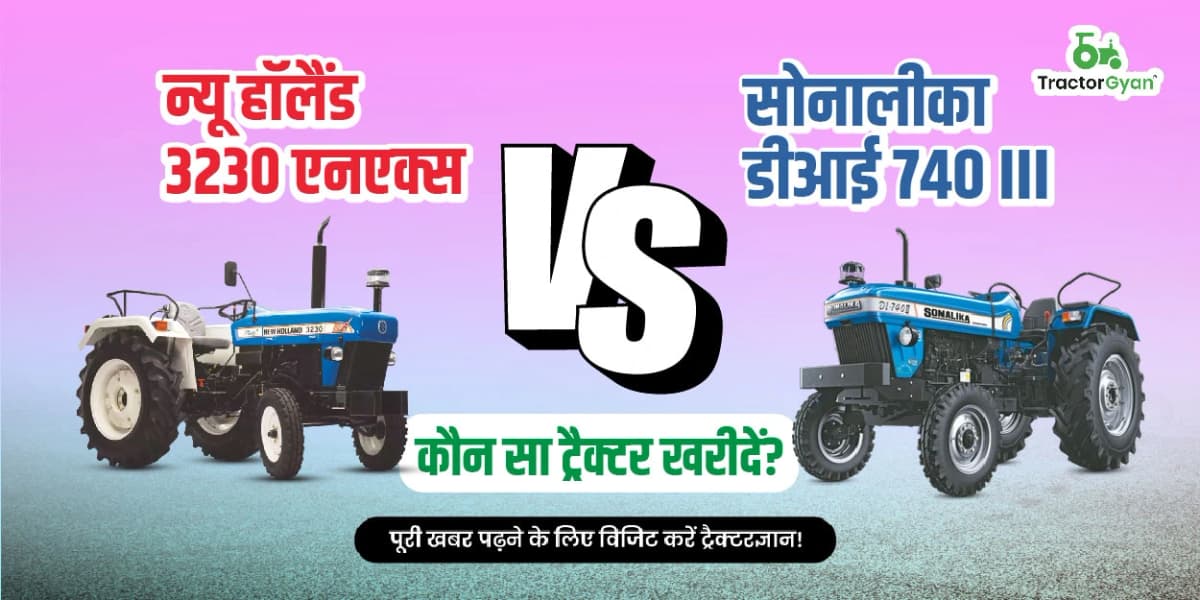


.webp&w=2048&q=75)
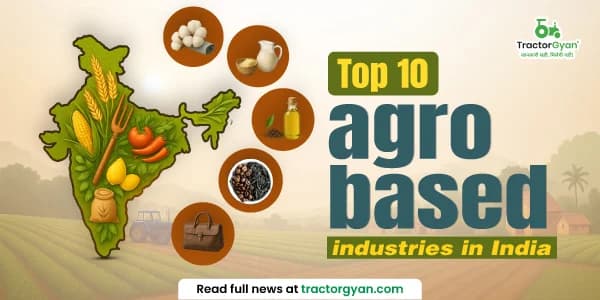
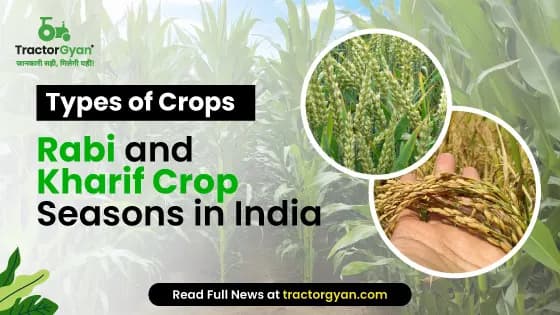
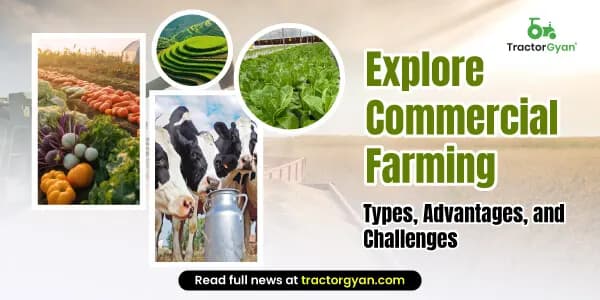
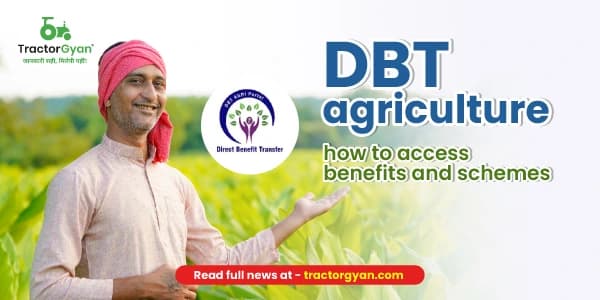
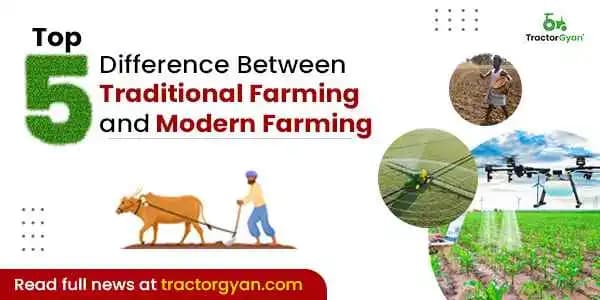
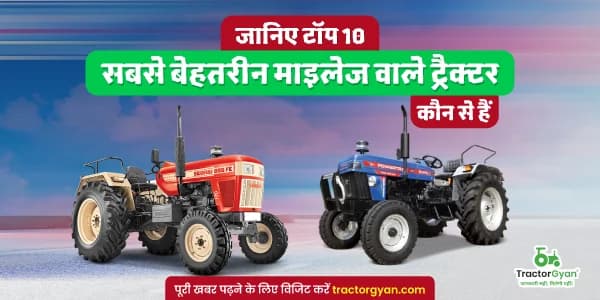
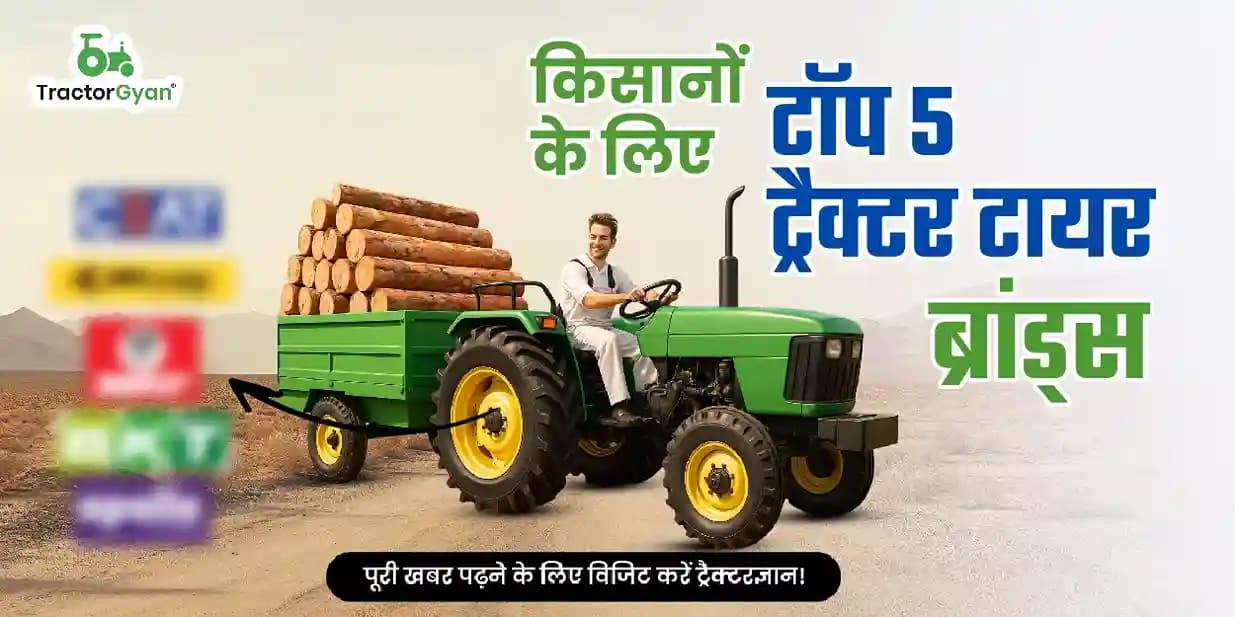


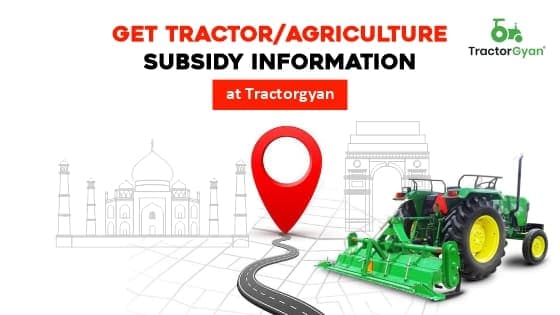
.webp&w=2048&q=75)
.webp&w=2048&q=75)



























